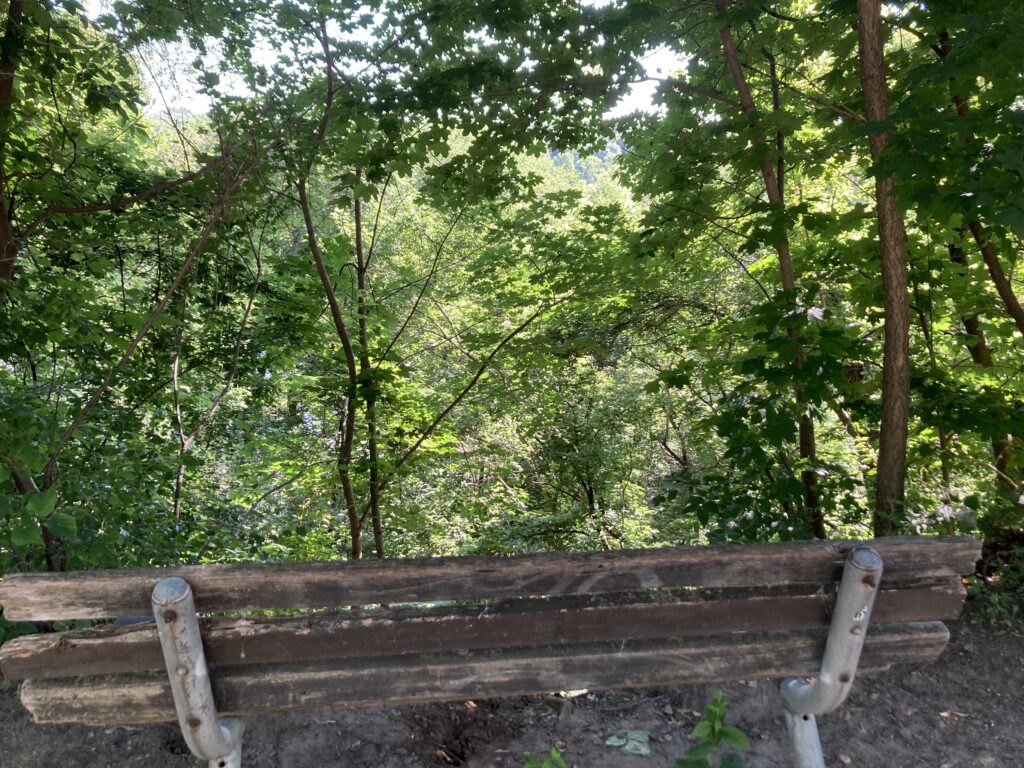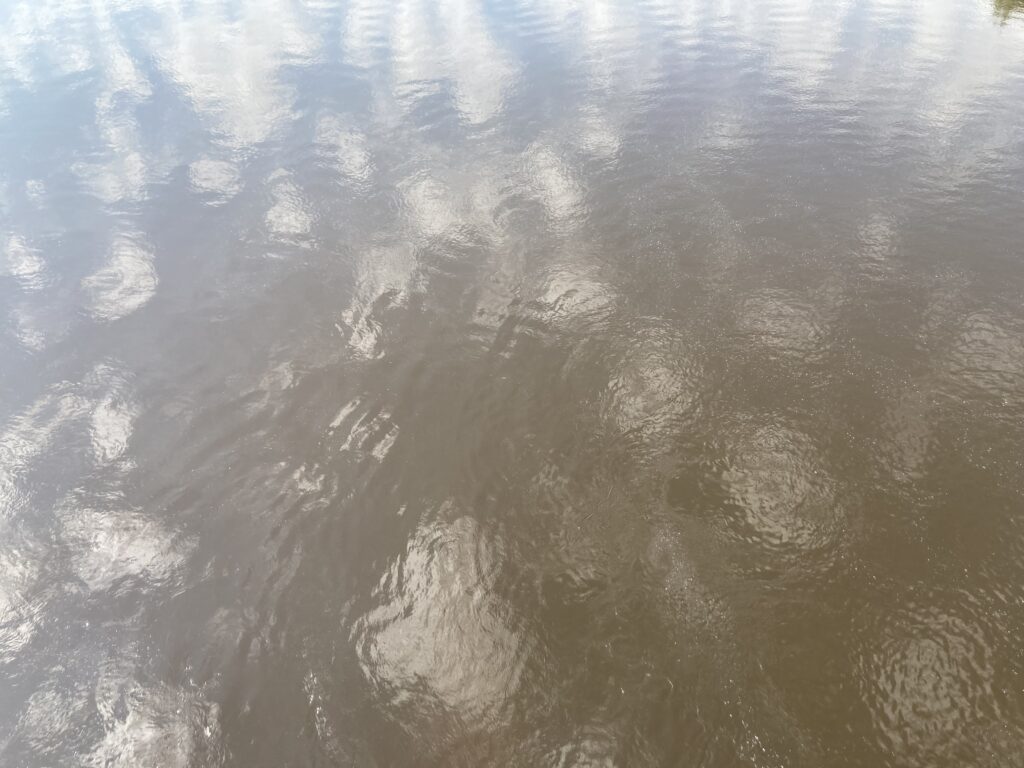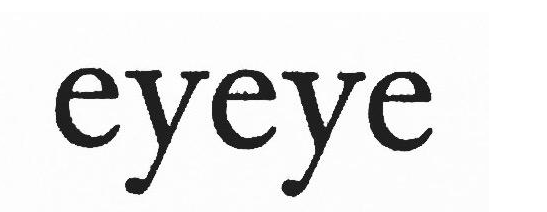Rain this early (7 am) morning. Hopefully stopping in a few hours. Watching the tour and rereading old entries from july 16ths. Discovered this excellent description of a buzzing bug:
The Locust/ Leonara Speyer
Its hot voice sizzles from some cool tree
Near-by:
It seems to burn its way through the air
Like a small, pointed flame of sound
Sharpened on the ecstatic edge of sunbeams.
note: I first posted this poem on 16 july 2022. I posted it again last year in 2024. Maybe I should memorize it?
a few hours later: what a stage of the tour (stage 11)! Pogacar crashing; Visma waiting for him. What will happen tomorrow in the Pyrenees?
It is 10:30 and a light rain. Won’t stop until 12:30. Do I wait, or go now? It’s probably refreshing and it might be fun to run in the rain . . .
4.25 miles
minnehaha falls and back
66 degrees
light rain
I did it, and it was a great run! Back to the 9/1 (9 minutes running / 1 minute walking) and feeling strong and relaxed. The light rain helped to cool me down, and I liked how my feet glided on the wet trail. Glided sounds strange. How about glode or glid or glod? Started the run by chanting in triple berries then turning everything I noticed into triples — river road, dripping trees, running feet, rushing cars. Listened to everything dripping for the first 30 minutes, then put in the “Energy” playlist for the last stretch.
10 Things
- gloom with the occasional bright flash from headlights
- one flash looked lower — I think it was a reflection in a big puddle!
- the ravine by 42nd was gushing like the falls
- the falls were giving off a fine, gauzy spray
- a stranded surrey near the longfellow house — were they getting wet in the rain?
- someone walking up the hill at the edge of the park, carrying an umbrella
- above the creek, the grass next to the sidewalk was soaked with a line of big puddles
- the sprawling reflection of a tree in a wide puddle on a sidewalk
- the silhouette of a bird on a wire, looking very Bird
- the bells of St. Thomas — faint, distant
an hour later: I was planning to do open swim at cedar lake tonight but I just got an email: “canceled due to inclement weather.” Bummer.
a few random Alice Oswald bits
1
On her process of translating what she notices into a poem, and on poetry as framing the silence:
She and her husband, playwright Peter Oswald, divide their day in two – walking their sons to and from school through fields. But she doesn’t take a notebook with her. She believes in the subconscious, in what is brewing on a ‘non-verbal level’. She thinks ‘a flavour or feeling builds up, almost a sculptural shape that could be a living creature, or a dance or a painting’. Only later comes the ‘plastic art of finding the words’.
There is also, in her poems, a sense of the silence behind every word. ‘One of the differences between poetry and prose is that poetry is beyond words. Poetry is only there to frame the silence. There is silence between each verse and silence at the end.’
into the woods
2
Wood Not Yet Out/ Alice Oswald
closed and containing everything, the land
leaning all round to block it from the wind,
a squirrel sprinting in startles and sees
sections of distance tilted through the trees
and where you jump the fence a flap of sacking
does for a stile, you walk through webs, the cracking
bushtwigs break their secrecies, the sun
vanishes up, instantly come and gone.
once in, you hardly notice as you move,
the wood keeps lifting up its hope, I love
to stand among the last trees listening down
to the releasing branches where I’ve been –
the rain, thinking I’ve gone, crackles the air
and calls by name the leaves that aren’t yet there
Oh, that ending! Now I’m imagining what the rain does when it thinks I’m not around! Today the rain didn’t crackle the air but . . . dotted it? feathered it? poked or punctured it?
3
The other day I came across Alice Oswald’s description of a project she’ll be working on next year as a fellow at Columbia University. She’s calling it Interviews with Anon:
At the Institute, Oswald will write a procession of passersby, not all of whom are human and many of whom are imperfectly seen: “My inspiration is the wandering, bartering, folktale style of Herodotus, who included 940 characters in his Histories. I shan’t be writing history. Perhaps it will be more like a headcount or even a carnival.”
Interviews with Anon
Very cool! I can’t wait to read/hear this in a few years.


